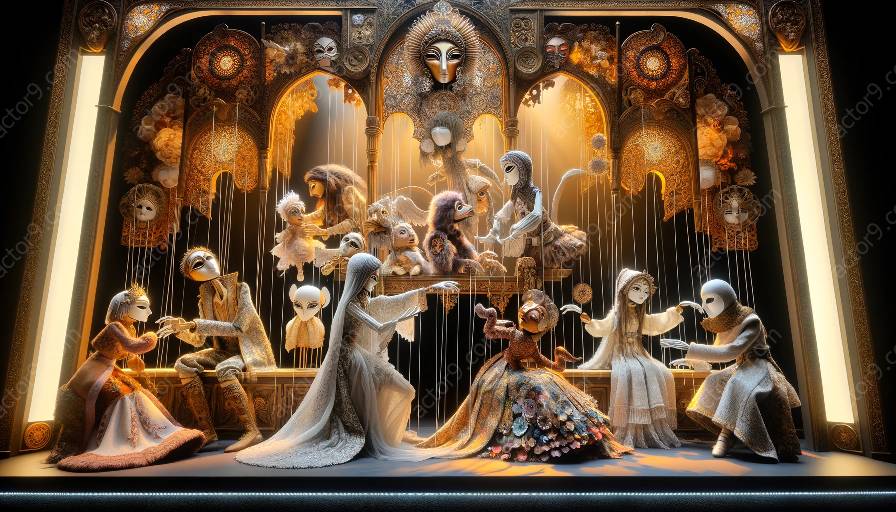Puppetry, mask improvisation, and physical theater are three distinct art forms, each with its own unique techniques and creative potential. However, there are fascinating connections between these art forms, particularly in the realm of improvisation. By exploring these connections, we can gain a deeper understanding of how these disciplines intersect and influence one another.
Exploring the Link Between Puppetry and Mask Improvisation
Both puppetry and mask improvisation share common ground in their use of non-verbal communication and visual storytelling. Puppetry, in its traditional form, involves the manipulation of puppets to convey emotions, narratives, and characters without the use of spoken language. Similarly, mask improvisation relies on physical expression and movement to communicate and develop characters.
When we consider improvisation in puppetry and mask work, we find that both art forms require the performer to adapt to unforeseen circumstances and actively respond to the audience's reactions. Improvisation in puppetry involves making real-time decisions about puppet movement, expressions, and interactions, mirroring the spontaneity of mask improvisation where performers respond to unexpected stimuli and cues.
Physical Theater as a Bridge
Physical theater serves as a bridge between puppetry and mask improvisation, merging the physicality and expressiveness of both art forms. Physical theater explores the body's movement, gestures, and expressions as a means of storytelling, much like the transformative movements and expressions in both puppetry and mask improvisation.
Additionally, physical theater often incorporates the use of props, objects, and symbolic representations, which resonates with the manipulation of puppets and masks in the other art forms. Improvisation in physical theater involves the spontaneous exploration of movement and gesture, allowing performers to embody characters and narratives in real time, similar to the dynamic improvisational nature of puppetry and mask work.
The Crossroads of Improvisation
At their core, the connections between puppetry, mask improvisation, and physical theater converge in the realm of improvisation. The art of improvisation in these disciplines requires performers to tap into the unexpected, embrace spontaneity, and engage in non-verbal communication to convey emotions and narratives.
Through the lens of improvisation, puppetry, mask improvisation, and physical theater intersect in their reliance on the performer's ability to adapt, respond, and create in the moment. The shared commitment to improvisation fosters a dynamic exchange of ideas, techniques, and approaches across these interconnected art forms.
Conclusion
The connections between puppetry, mask improvisation, and physical theater run deep, with each art form influencing and enriching the others. By recognizing their interconnections, we gain a greater appreciation for the power of improvisation in creating meaningful and evocative performances across these diverse yet interconnected disciplines.




























